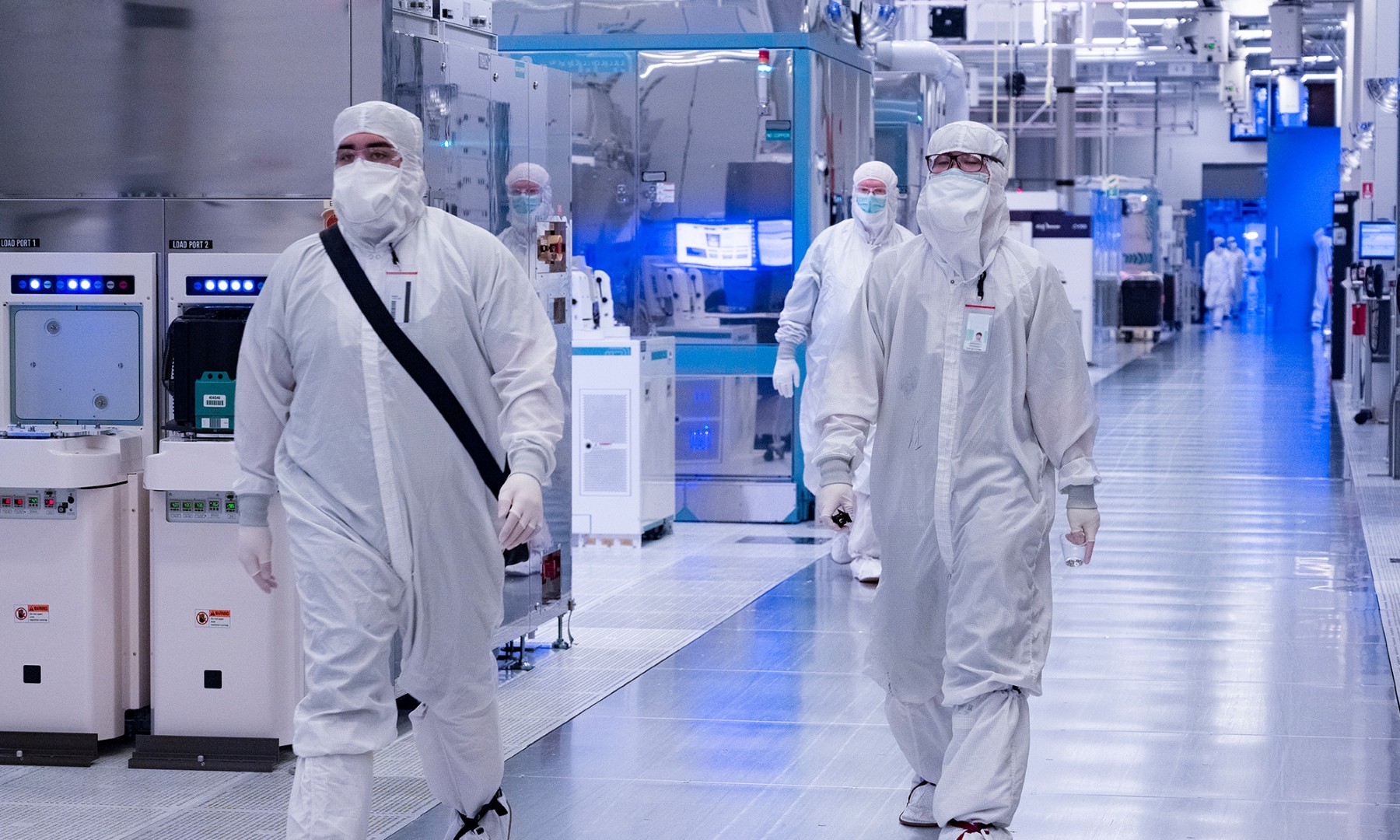In Intel's (INTC 3.57%) most recent quarter, the company reported some interesting results for its Data Center Group (DCG) business, which supplies processors and other components for use in applications such as cloud and enterprise servers and networking appliances, among others.

Intel's 10-core Ivy Bridge server processor. Image source: Intel.
The company reported $4.67 billion in DCG revenue, up about 8.4% year over year -- but that wasn't the unusual part. Intel had told investors last quarter to expect "high-single-digit" revenue growth in DCG for the entirety of 2016, and that's exactly what the chipmaker delivered. Where things got a little bit murky was in the operating profit of the segment.
Intel reported that DCG operating income came in at $1.88 billion, down from the $2.11 billion in operating profit that it threw off one quarter ago.
Now, Intel has been very straightforward about its expectation that its operating margins in DCG were going to come down on a year-over-year basis over the past several quarters because of a couple of factors: increased product costs as it moved its product line from older 22-nanometer manufacturing technology to newer 14-nanometer manufacturing technology, and increased investment levels.
However, the strange thing is that its operating profits compared with a quarter ago were down from the prior quarter even though revenue was up. Further, the "known" margin headwinds already described would have been in effect in the third quarter of the year, as well as in the fourth quarter of the year.
So, clearly, something unexpected took a serious toll on DCG's operating margins this quarter. To that end, Intel clarified on the earnings call that the unusually low operating margin for DCG in the fourth quarter was caused by two "one-time" factors. Let's take a closer look at them.
A cross-license agreement and a quality issue
The first factor that CFO Robert Swan described was that Intel "entered into a long-term cross license agreement and patent purchase agreement, particularly in the [communications] space in the quarter." He said DCG was "affected by a portion of that cost in the quarter."
The second factor -- and one that Swan described as "a little more significant" -- was a so-called "product quality issue." Swan didn't go into too much detail, but he did say that it had to do with "slightly higher expected failure rates under certain use and time constraints."
To deal with this, Swan said the company "established a reserve to deal with that" and was confident that the problem was "well bounded with a minor design fix."
The good and the bad
For those looking for the bright side, here it is: When the fourth quarter of 2017 rolls around, Intel will have a much easier baseline against which to compare. Since operating profit and margin were unusually low, Intel will be able to boast about significant operating margin expansion a year from now.
Additionally, one of these factors is related to intellectual property and patent licensing, so it doesn't represent an execution problem on Intel's part, and one would hope that this agreement will save Intel from messy litigation down the road.
Now, here's the not-so-bright side. Even though it appears the design flaw that caused the second factor to come into play is going to be taken care of quickly, it does represent an execution problem on Intel's part. No chips are designed perfectly, but given how experienced Intel is at building data center chips, it's surprising that it made such a mistake.
Let's hope the company is more careful in the future.






